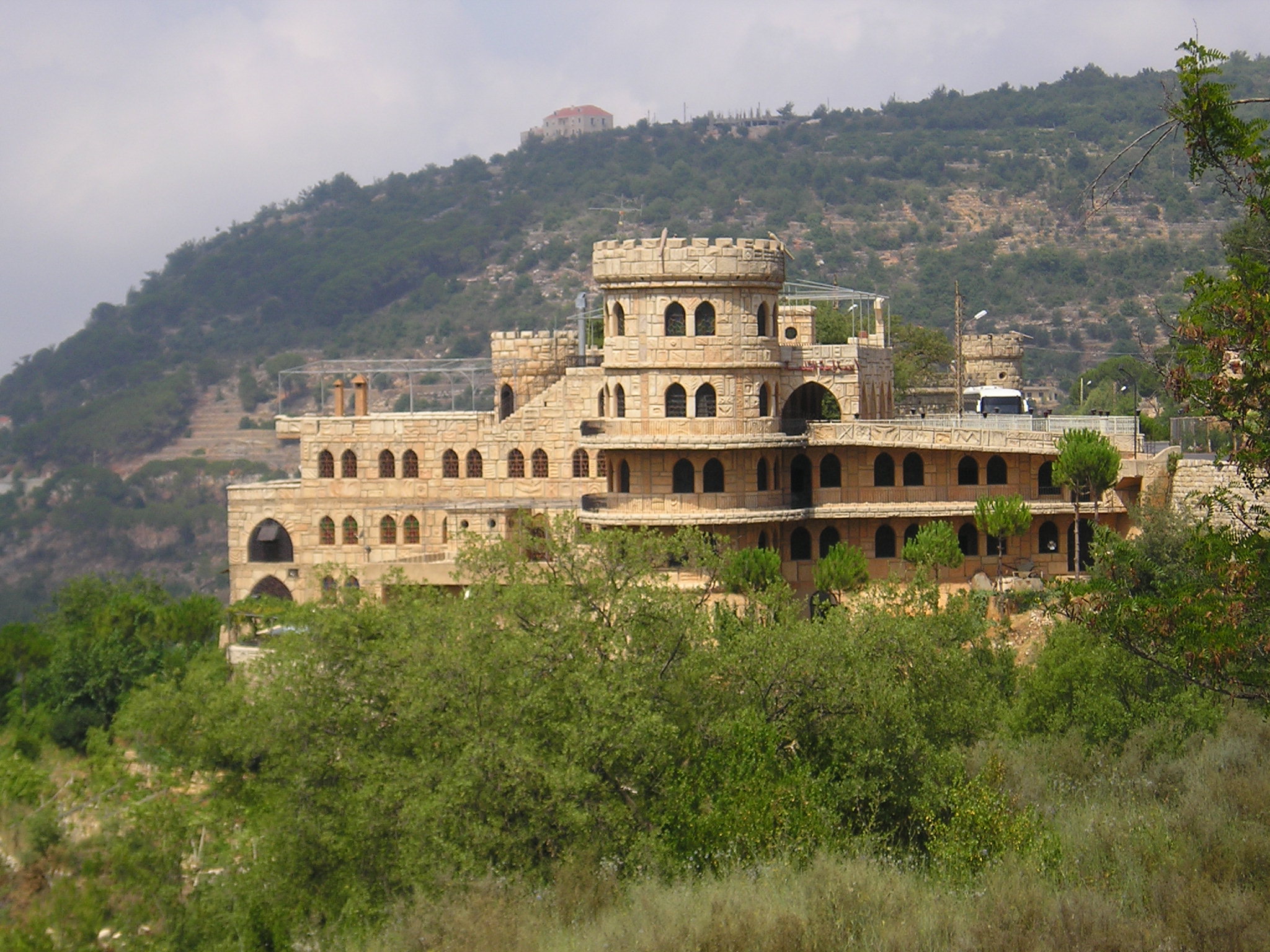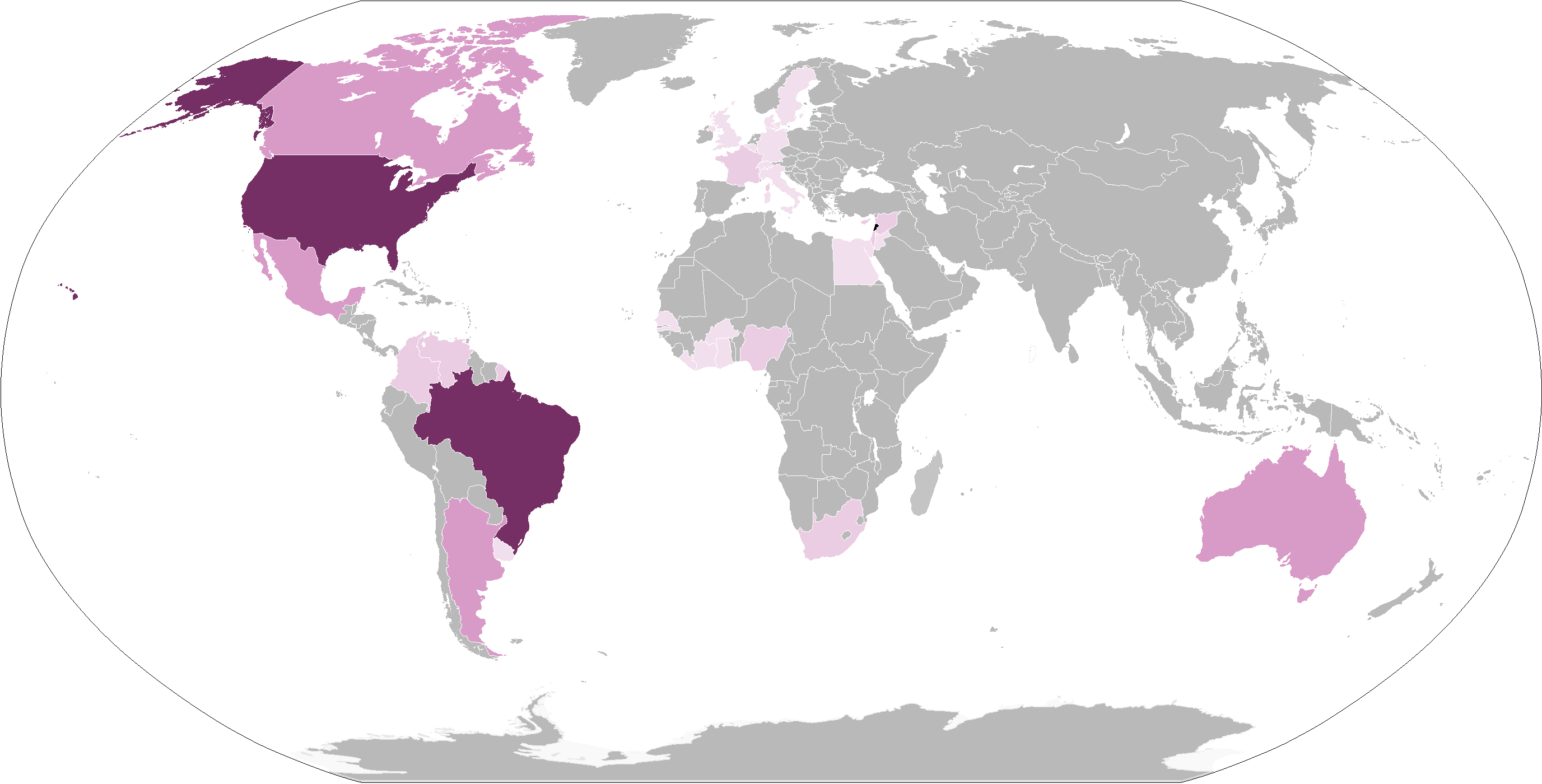|
Georges Dib Nehme
Georges Dib Nehme (; 1932–2019) was a Lebanese businessman and politician who served as the president of the municipality council of Deir al-Qamar and as a member of the Lebanese Parliament. Early life and education Dib Nehme was born in Deir al-Qamar on 28 November 1932. He received a degree in law from the St. Joseph University. Career Following his graduation Dib Nehme was involved in business. He was elected as the president of the municipality council of Deir al-Qamar in 1963. In addition, he became a member of the Parliament in 1992 and served there until 2005. His term as president of the municipality council of Deir al-Qamar continued until 1998. After the end of the Civil War A civil war is a war between organized groups within the same Sovereign state, state (or country). The aim of one side may be to take control of the country or a region, to achieve independence for a region, or to change government policies.J ... Dib Nehme actively worked for the return ... [...More Info...] [...Related Items...] OR: [Wikipedia] [Google] [Baidu] |
Deir Al-Qamar
Deir al-Qamar () is a city south-east of Beirut in south-central Lebanon. It is located five kilometres outside of Beit ed-Dine in the Chouf District of the Mount Lebanon Governorate at 800 m of average altitude. History Crusader period The oldest written reference to Deir el Qamar (''Deir elcamar'' or ''Deir elchamar'') goes back to 1257 and 1261 in the deeds of ''Julian of Shouf'' and ''Andrew of Chouf'' selling their lands and villages in their lordship of Chouf to the Teutonic Order as reported in ''Tabulae Ordinis Theutonici''. Ottoman period During the 16th to 18th centuries, Deir al-Qamar was the capital and the residence of the Emirate of Mount Lebanon. It is also notable for its 15th-century Fakhreddine Mosque, Fakhreddine II Palace, and the palace of the Emir Yusuf Shihab - today housing the Municipal Council. A 17th-century synagogue is still standing in the village, although closed to the public. During its peak, the city was the centre of Lebanese literary tradit ... [...More Info...] [...Related Items...] OR: [Wikipedia] [Google] [Baidu] |
Lebanese Civil War
The Lebanese Civil War ( ) was a multifaceted armed conflict that took place from 1975 to 1990. It resulted in an estimated 150,000 fatalities and led to the exodus of almost one million people from Lebanon. The religious diversity of the Lebanese people played a notable role in the lead-up to and during the conflict: Lebanese Christians and Lebanese Sunni Muslims comprised the majority in the coastal cities; Lebanese Shia Muslims were primarily based throughout southern Lebanon and in the Beqaa Valley in the east; and Lebanese Druze, Druze and Christians populated the country's mountainous areas. At the time, the Lebanese government was under the influence of elites within the Maronite Christian community. The link between politics and religion was reinforced under the Greater Lebanon, French Mandate from 1920 to 1943, and the country's parliamentary structure favoured a leading position for Lebanese Christians, who constituted the majority of the population. However, Leban ... [...More Info...] [...Related Items...] OR: [Wikipedia] [Google] [Baidu] |
1932 Births
Events January * January 4 – The British authorities in India arrest and intern Mahatma Gandhi and Vallabhbhai Patel. * January 9 – Sakuradamon Incident (1932), Sakuradamon Incident: Korean nationalist Lee Bong-chang fails in his effort to assassinate Emperor Hirohito of Japan. The Kuomintang's official newspaper runs an editorial expressing regret that the attempt failed, which is used by the Japanese as a pretext to attack Shanghai later in the month. * January 22 – The 1932 Salvadoran peasant uprising begins; it is suppressed by the government of Maximiliano Hernández Martínez. * January 24 – Marshal Pietro Badoglio declares the end of Libyan resistance. * January 26 – British submarine aircraft carrier sinks with the loss of all 60 onboard on exercise in Lyme Bay in the English Channel. * January 28 – January 28 incident: Conflict between Japan and China in Shanghai. * January 31 – Japanese warships arrive in Nanking. February * February 2 ** A general ... [...More Info...] [...Related Items...] OR: [Wikipedia] [Google] [Baidu] |
2019 Deaths
This is a list of lists of deaths of notable people, organized by year. New deaths articles are added to their respective month (e.g., Deaths in ) and then linked below. 2025 2024 2023 2022 2021 2020 2019 2018 2017 2016 2015 2014 2013 2012 2011 2010 2009 2008 2007 2006 2005 2004 2003 2002 2001 2000 1999 1998 1997 1996 1995 1994 1993 1992 1991 1990 1989 1988 1987 1986 Earlier years ''Deaths in years earlier than this can usually be found in the main articles of the years.'' See also * Lists of deaths by day * Deaths by year (category) {{DEFAULTSORT:deaths by year ... [...More Info...] [...Related Items...] OR: [Wikipedia] [Google] [Baidu] |
Saint Joseph University Alumni
In Christian belief, a saint is a person who is recognized as having an exceptional degree of holiness, likeness, or closeness to God. However, the use of the term ''saint'' depends on the context and denomination. In Anglican, Oriental Orthodox, and Lutheran doctrine, all of their faithful deceased in Heaven are considered to be saints, but a selected few are considered worthy of greater honor or emulation. Official ecclesiastical recognition, and veneration, is conferred on some denominational saints through the process of canonization in the Catholic Church or glorification in the Eastern Orthodox Church after their approval. In many Protestant denominations, and following from Pauline usage, ''saint'' refers broadly to any holy Christian, without special recognition or selection. While the English word ''saint'' (deriving from the Latin ) originated in Christianity, historians of religion tend to use the appellation "in a more general way to refer to the state of special ... [...More Info...] [...Related Items...] OR: [Wikipedia] [Google] [Baidu] |
Lebanese Maronites
Lebanese Maronite Christians (; ) refers to Lebanese people who are members of the Maronite Church in Lebanon, the largest Christian body in the country. The Lebanese Maronite population is concentrated mainly in Mount Lebanon and East Beirut. They are believed to constitute about 30% of the total population of Lebanon. The Maronites and the Druze founded modern Lebanon in the early eighteenth century through the ruling and social system known as the " Maronite–Druze dualism." The 1860 Druze–Maronite conflict led to the establishment of Mount Lebanon Mutasarrifate, an autonomous entity within the Ottoman Empire dominated by Maronites and protected by European powers. In the aftermath of the First World War, the Maronites successfully campaigned for Greater Lebanon carved out from Mount Lebanon and neighboring areas. Under the French Mandate, and until the end of the Second World War, the Maronites gained substantial influence. Post-independence, they dominated Lebane ... [...More Info...] [...Related Items...] OR: [Wikipedia] [Google] [Baidu] |
People From Chouf District
The term "the people" refers to the public or Common people, common mass of people of a polity. As such it is a concept of human rights law, international law as well as constitutional law, particularly used for claims of popular sovereignty. In contrast, a people is any plurality of Person, persons considered as a whole. Used in politics and law, the term "a people" refers to the collective or community of an ethnic group or nation. Concepts Legal Chapter One, Article One of the Charter of the United Nations states that "peoples" have the right to self-determination. Though the mere status as peoples and the right to self-determination, as for example in the case of Declaration on the Rights of Indigenous Peoples, Indigenous peoples (''peoples'', as in all groups of indigenous people, not merely all indigenous persons as in ''indigenous people''), does not automatically provide for independence, independent sovereignty and therefore secession. Indeed, judge Ivor Jennings i ... [...More Info...] [...Related Items...] OR: [Wikipedia] [Google] [Baidu] |
Maronite Politicians
Maronites (; ) are a Syriac Christian ethnoreligious group native to the Eastern Mediterranean and the Levant (particularly Lebanon) whose members belong to the Maronite Church. The largest concentration has traditionally resided near Mount Lebanon in modern Lebanon. The Maronite Church is an Eastern Catholic particular church in full communion with the pope and the rest of the Catholic Church. The Maronites derive their name from Saint Maron, (350-410 AD. ), a monk who migrated with his followers from Antioch to the Lebanese Mountains and founded the Maronite church. The spread of Christianity was very slow in the Lebanese region, in the 5th century AD in the highlands they were still pagan. St. Maron sent the apostle Abraham of Cyrrhus known as the "Apostle of Lebanon" with a mandate to convert the pagan inhabitants of Lebanon to Christianity. After their conversion, the inhabitants of the region renamed the Adonis River to the Abrahamic River in honor of the Saint who preach ... [...More Info...] [...Related Items...] OR: [Wikipedia] [Google] [Baidu] |



